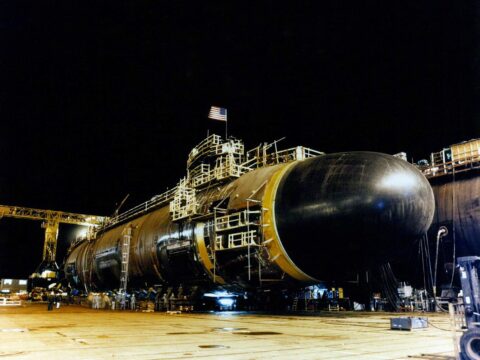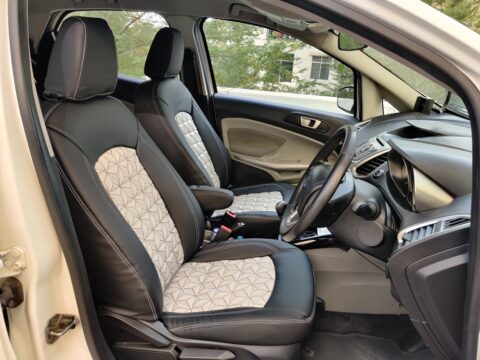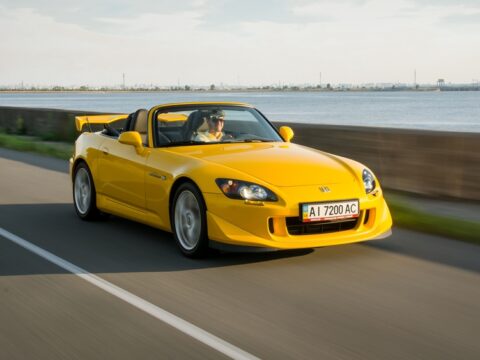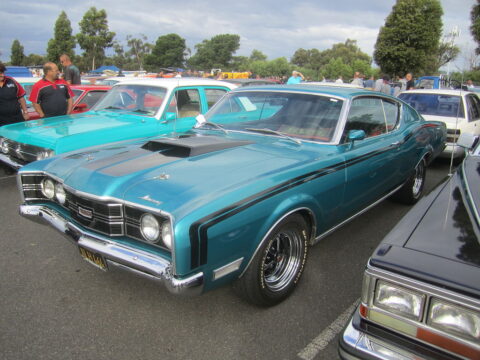Aircraft carriers are among the most complex and powerful naval vessels, but even these giants can suffer from significant design flaws. From issues with stability to problems with flight operations, some carriers have faced serious challenges. Here are some aircraft carriers that encountered major design flaws.
Contents
HMS Queen Elizabeth (R08)
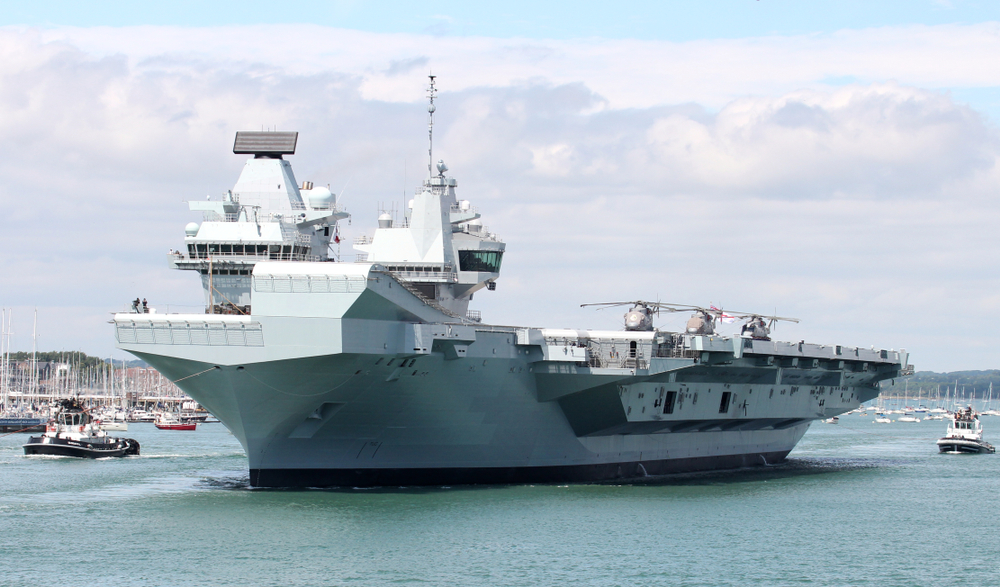
The HMS Queen Elizabeth, commissioned in 2017, faced significant design flaws related to its propulsion system. Issues with the ship’s power generation led to unexpected shutdowns and limited operational capability. These problems required extensive and costly repairs, impacting the Royal Navy’s deployment schedule. Despite its advanced design and state-of-the-art capabilities, these initial flaws tarnished the reputation of the UK’s flagship carrier.
USS Gerald R. Ford (CVN-78)
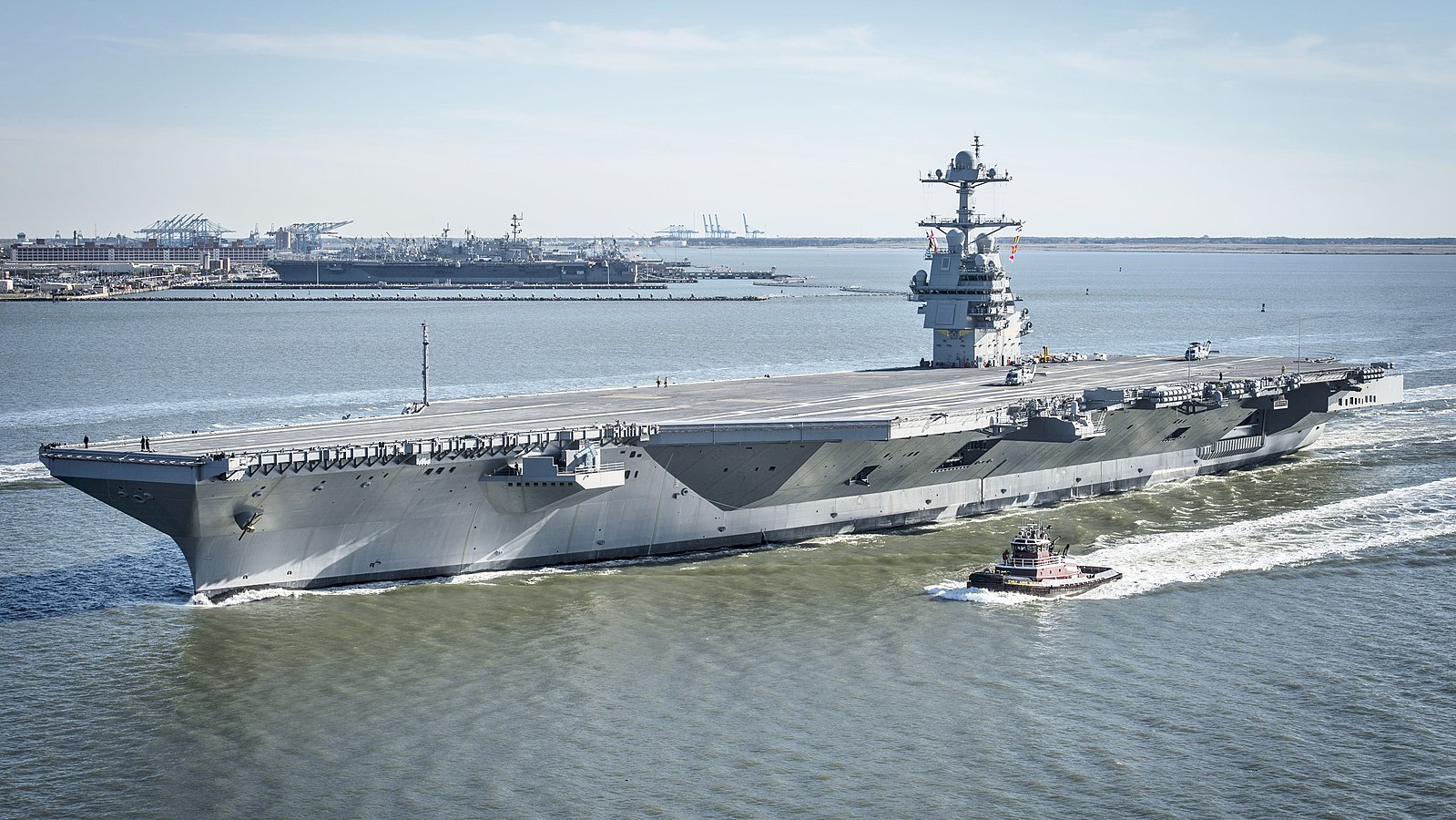
The USS Gerald R. Ford, commissioned in 2017, is the lead ship of its class and faced numerous design flaws, particularly with its Electromagnetic Aircraft Launch System (EMALS) and Advanced Arresting Gear (AAG). These systems experienced reliability issues, delaying the carrier’s operational readiness and significantly increasing costs. With a price tag exceeding $13 billion, the carrier’s initial problems raised concerns about the viability of advanced technologies in critical military assets.
INS Vikramaditya
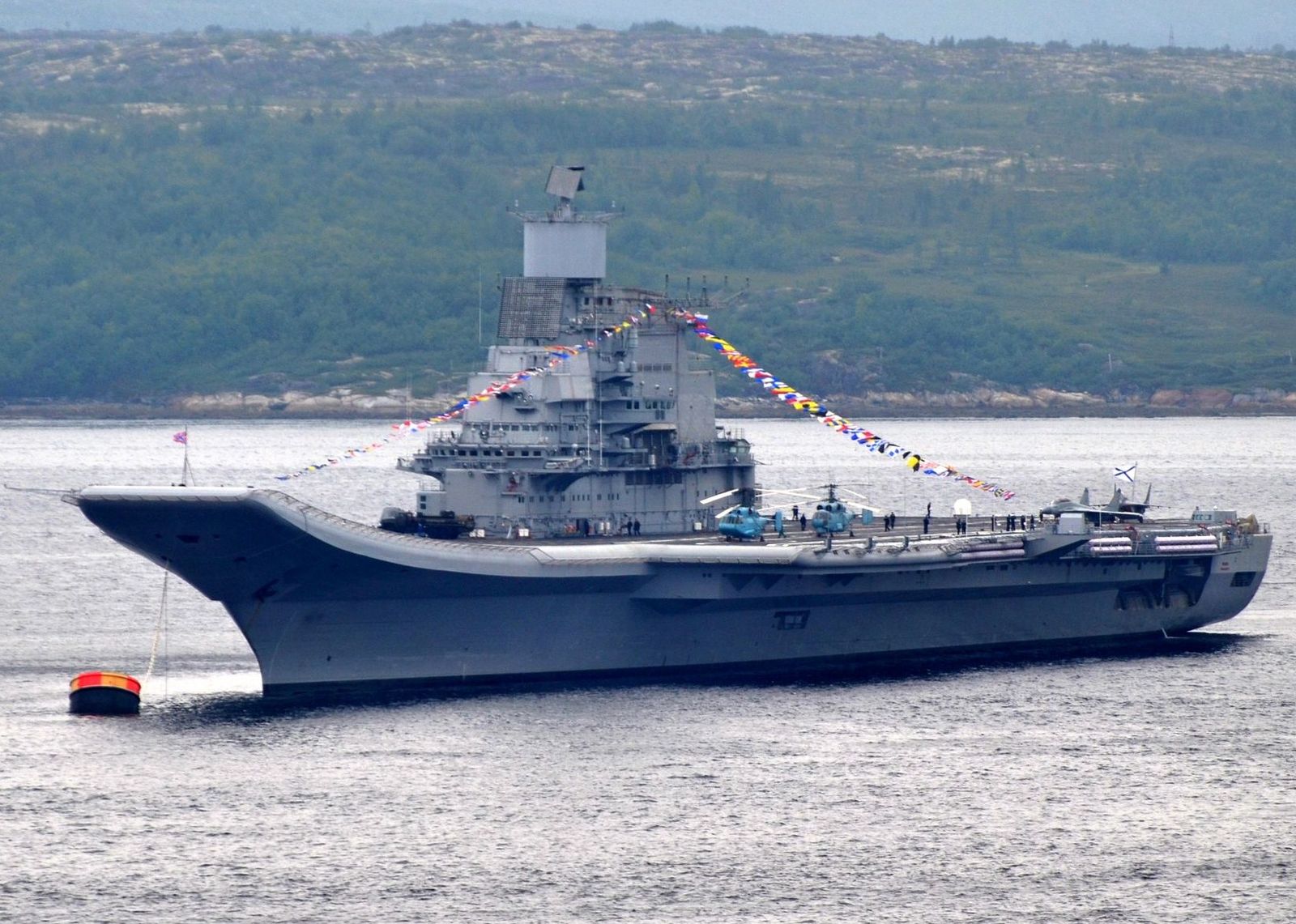
The INS Vikramaditya, originally a Soviet Kiev-class aircraft carrier, was extensively refurbished for the Indian Navy. Commissioned in 2013, it faced design flaws related to its boilers, which led to numerous breakdowns and limited operational capacity. The extensive refit, costing around $2.3 billion, was marred by delays and cost overruns, impacting the Indian Navy’s ability to project power in the region.
Charles de Gaulle (R91)
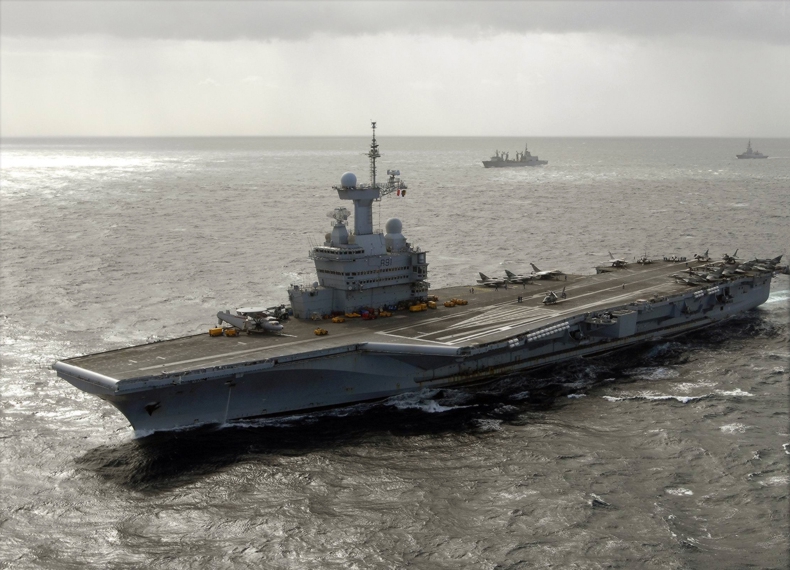
The French aircraft carrier Charles de Gaulle, commissioned in 2001, encountered several design flaws, including issues with its propulsion system and flight deck. The ship’s nuclear reactors had to be replaced prematurely, and the flight deck was found to be too short for certain aircraft. These problems resulted in extended periods of downtime and costly repairs, affecting the French Navy’s operational readiness.
Admiral Kuznetsov (063)
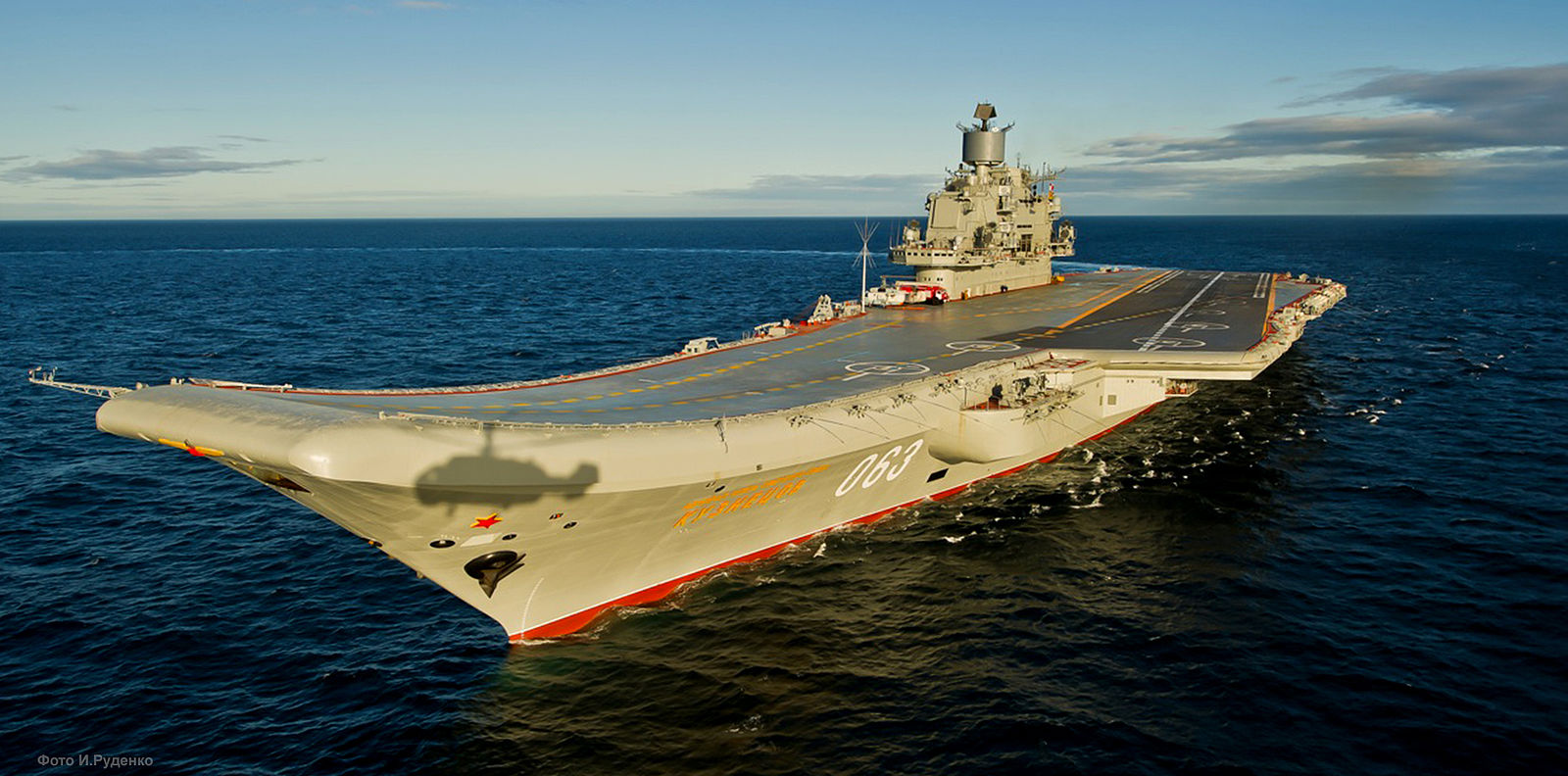
The Russian aircraft carrier Admiral Kuznetsov, commissioned in 1990, has been plagued by design flaws and mechanical problems. The ship’s propulsion system, featuring unreliable boilers, frequently broke down, leading to limited operational capability. Its poor condition, exacerbated by maintenance issues, has led to several high-profile incidents, including a dry dock accident in 2018, raising concerns about Russia’s naval capabilities.
USS John F. Kennedy (CV-67)

The USS John F. Kennedy, commissioned in 1968, faced design flaws related to its unique propulsion system, which combined steam turbines with boilers that were prone to failure. The ship also experienced issues with its arresting gear and catapults, leading to frequent operational disruptions. These problems affected its deployment schedule and increased maintenance costs throughout its service life.
USS Independence (CV-62)
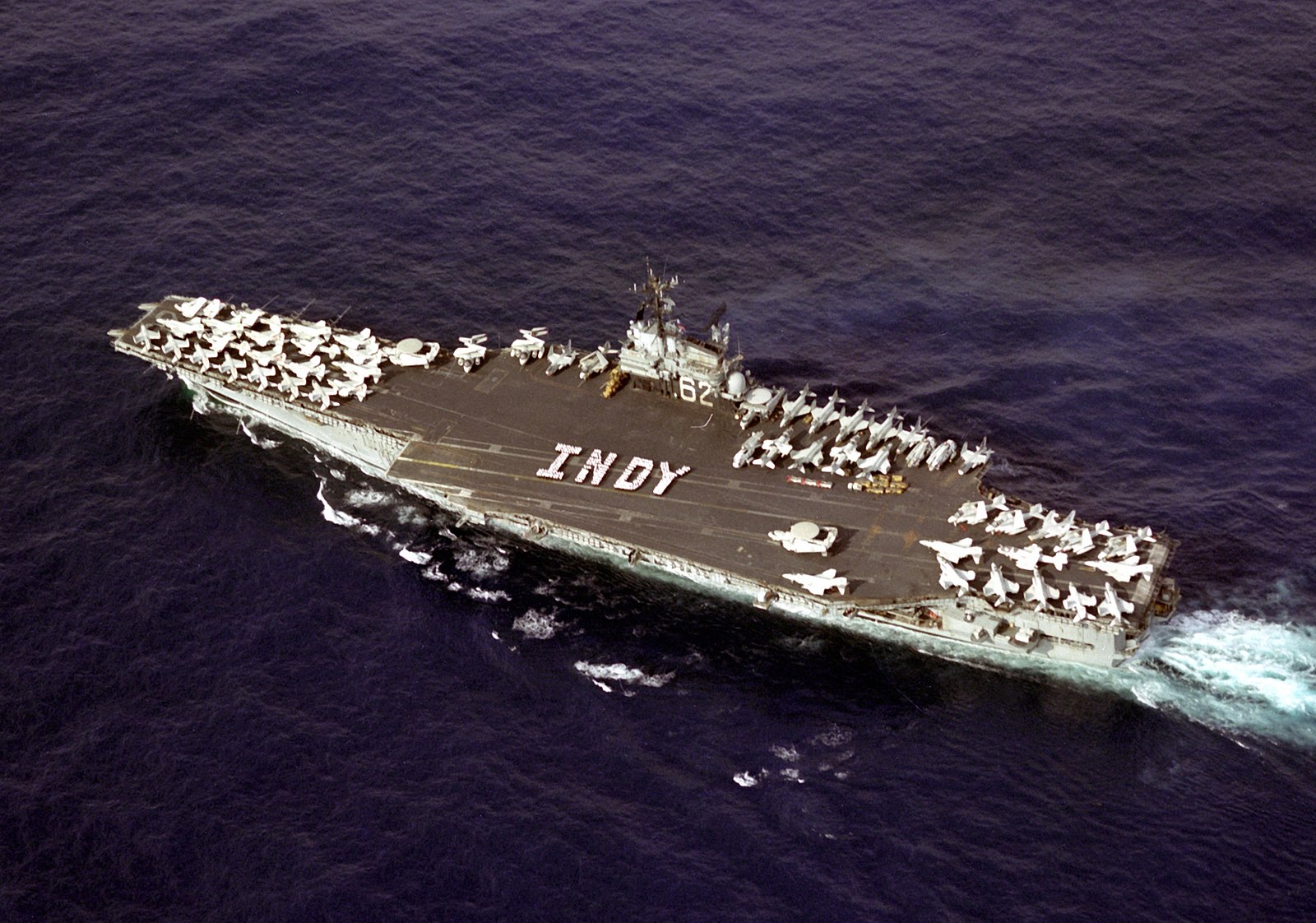
The USS Independence, commissioned in 1959, had design flaws related to its hull and propulsion system. The ship’s hull was prone to cracking, and its propulsion system required frequent repairs, leading to high maintenance costs and operational downtime. These issues limited the carrier’s effectiveness and strained the Navy’s resources.
HMS Eagle (R05)
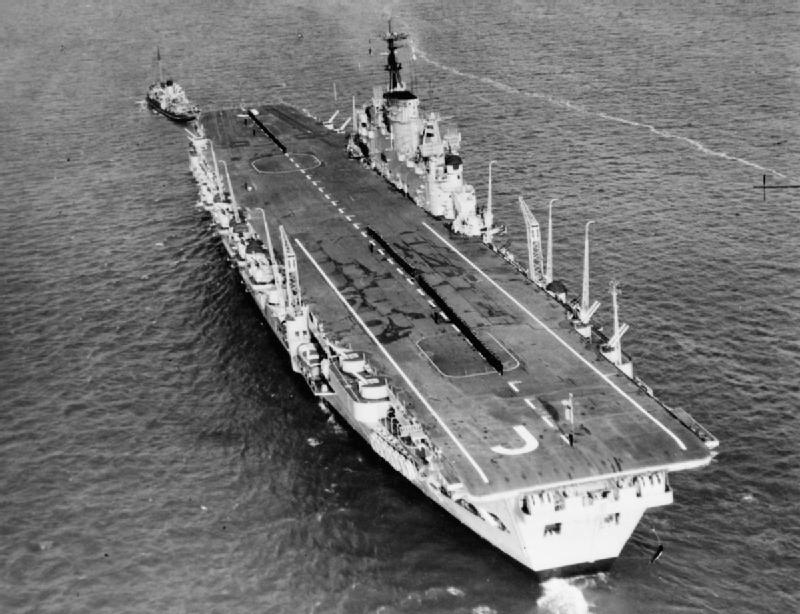
The HMS Eagle, a British aircraft carrier commissioned in 1951, faced design flaws in its catapult and arresting gear systems. These issues limited the types of aircraft it could operate and required frequent repairs. The carrier’s operational capability was often compromised, leading to early decommissioning in 1972.
USS Ranger (CV-61)
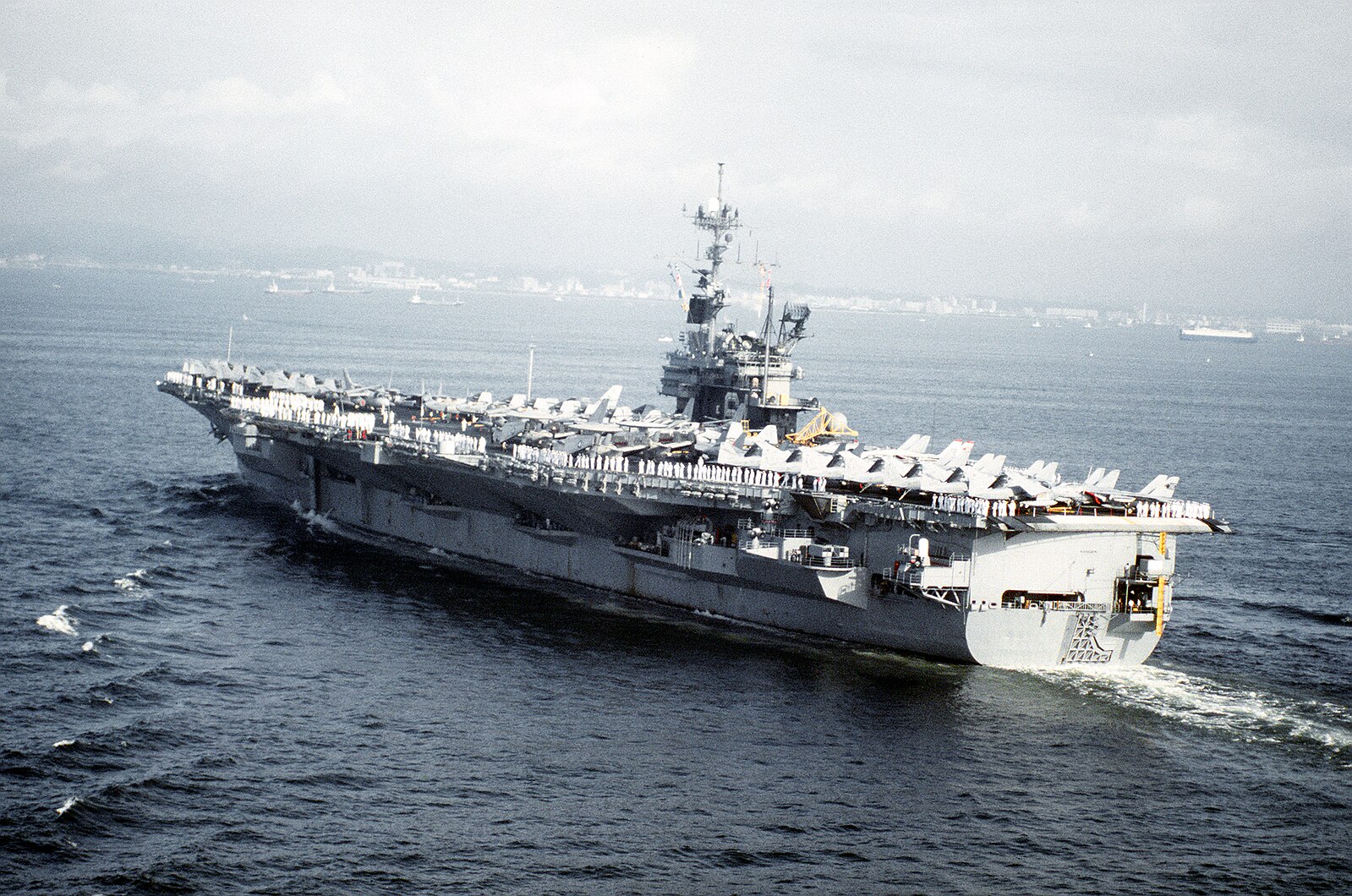
The USS Ranger, commissioned in 1957, faced significant design flaws related to its propulsion and arresting gear systems. Frequent mechanical failures and high maintenance costs plagued the carrier throughout its service life. These issues impacted the ship’s deployment readiness and ultimately led to its early decommissioning in 1993.
INS Viraat (R22)
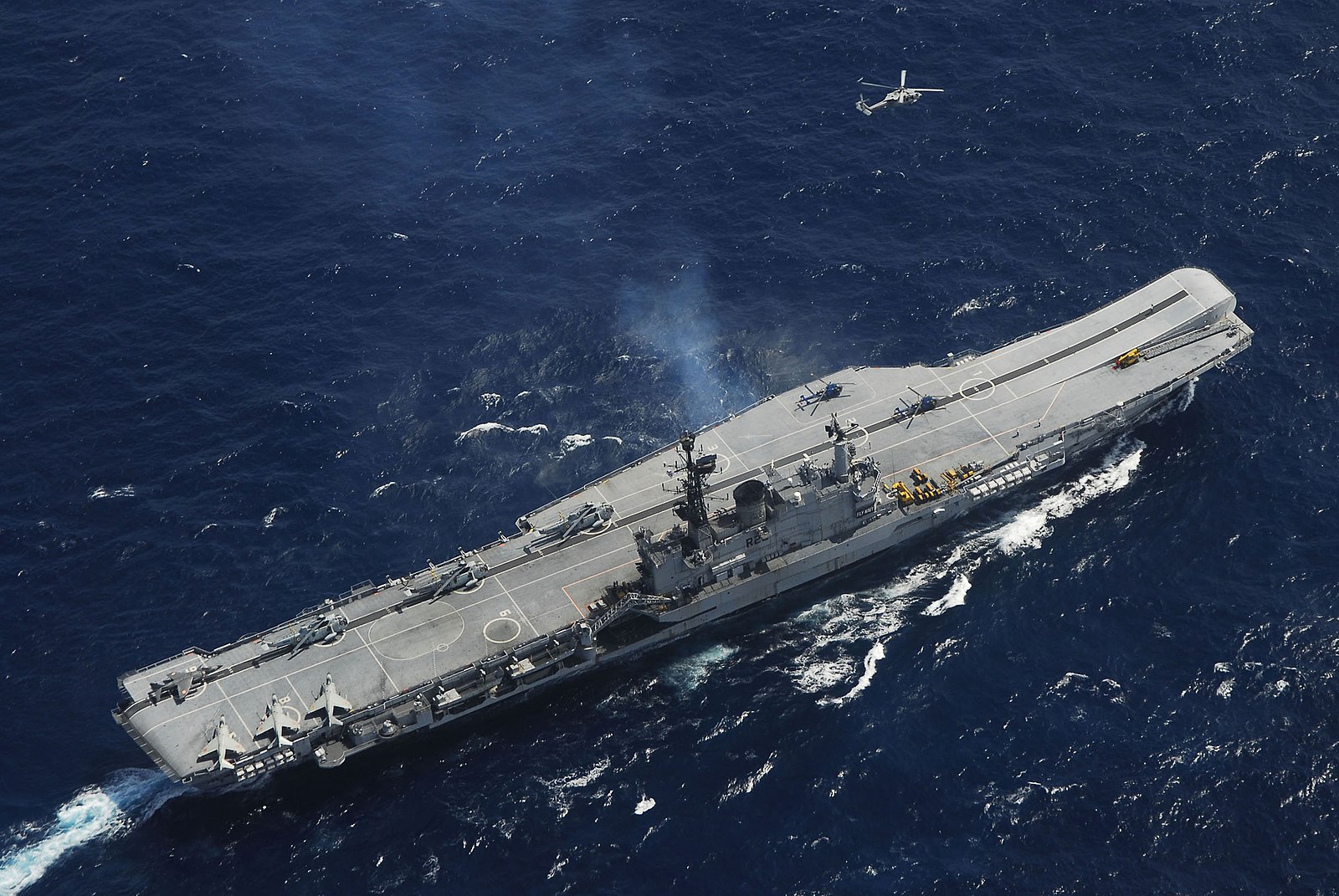
The INS Viraat, originally the HMS Hermes, was transferred to the Indian Navy in 1987. The carrier faced design flaws related to its aging boilers and propulsion system, leading to frequent breakdowns. Despite several refits, these issues limited its operational capability, resulting in its decommissioning in 2017 after decades of service.
USS Saratoga (CV-60)
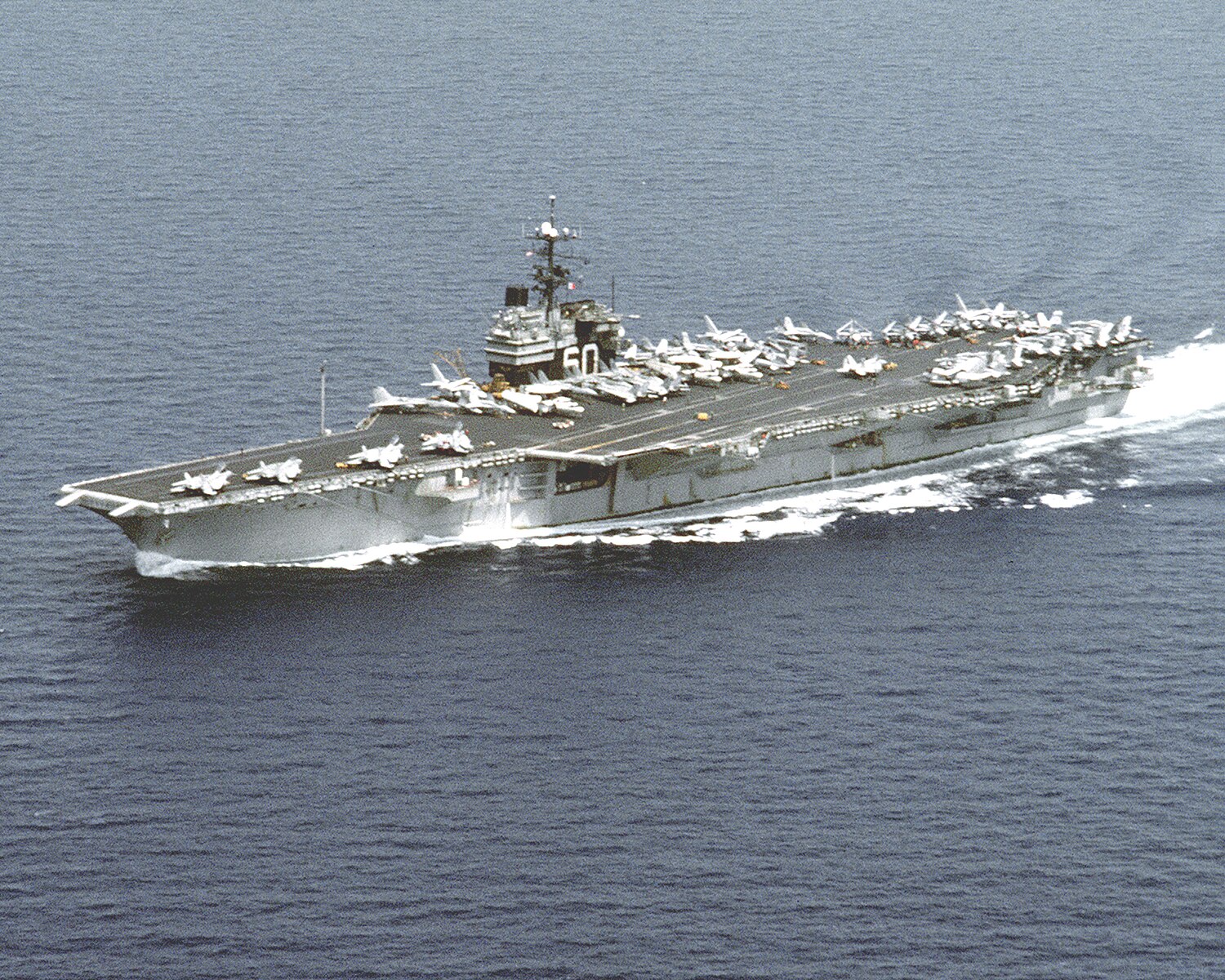
The USS Saratoga, commissioned in 1956, experienced design flaws in its electrical systems and propulsion. Frequent electrical failures and maintenance issues plagued the carrier, affecting its operational readiness. These problems, along with high maintenance costs, led to its decommissioning in 1994.
USS Enterprise (CVN-65)
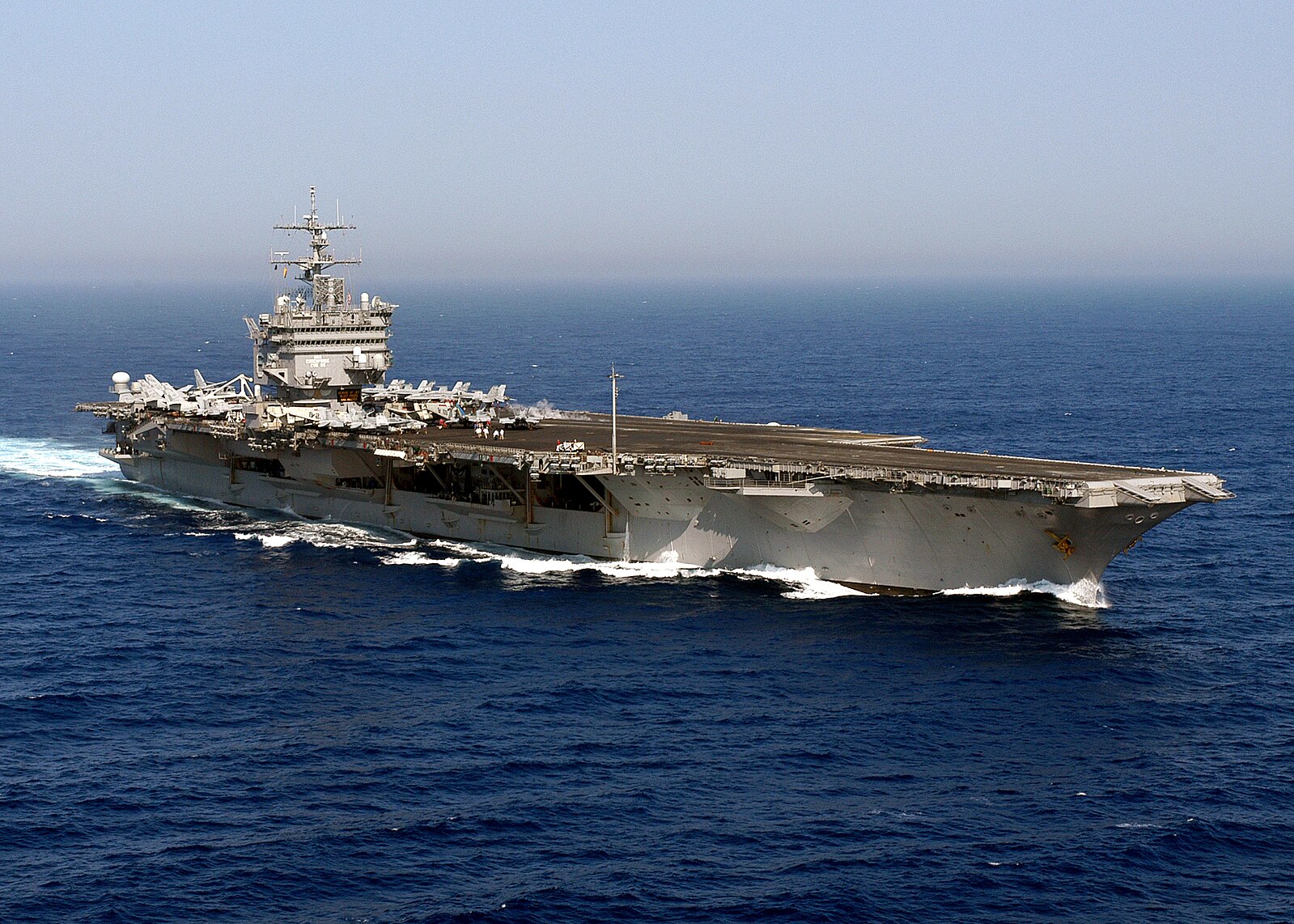
The USS Enterprise, the world’s first nuclear-powered aircraft carrier, was commissioned in 1961. Despite its groundbreaking design, the carrier faced significant issues with its eight nuclear reactors, which were costly and complex to maintain. These design flaws led to high operational costs and frequent maintenance, ultimately contributing to its decommissioning in 2012.
USS Coral Sea (CV-43)
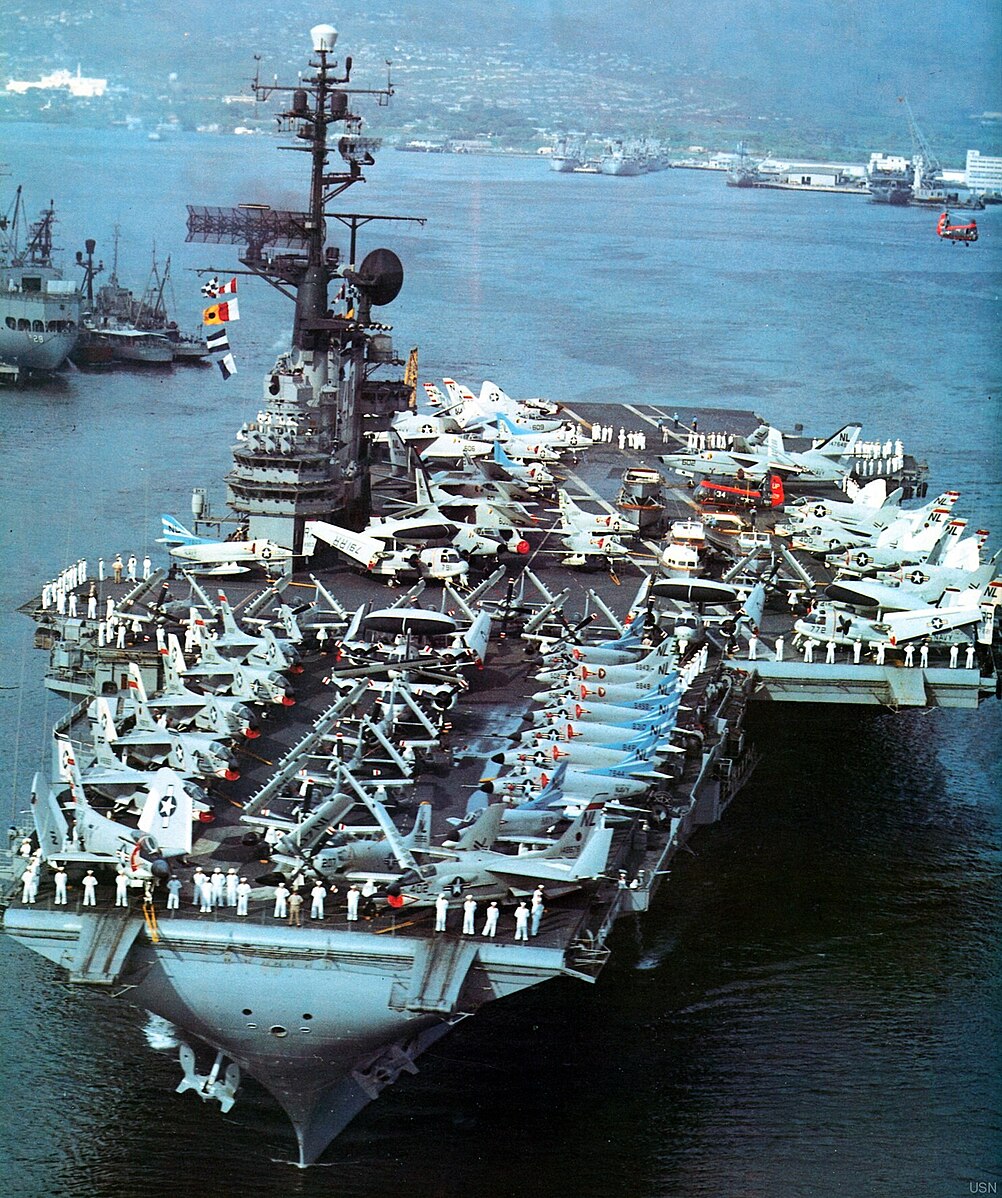
The USS Coral Sea, commissioned in 1947, had design flaws related to its hull and propulsion system. Frequent structural issues and propulsion failures led to high maintenance costs and operational disruptions. These problems contributed to the carrier’s decommissioning in 1990 after over four decades of service.
USS America (CV-66)
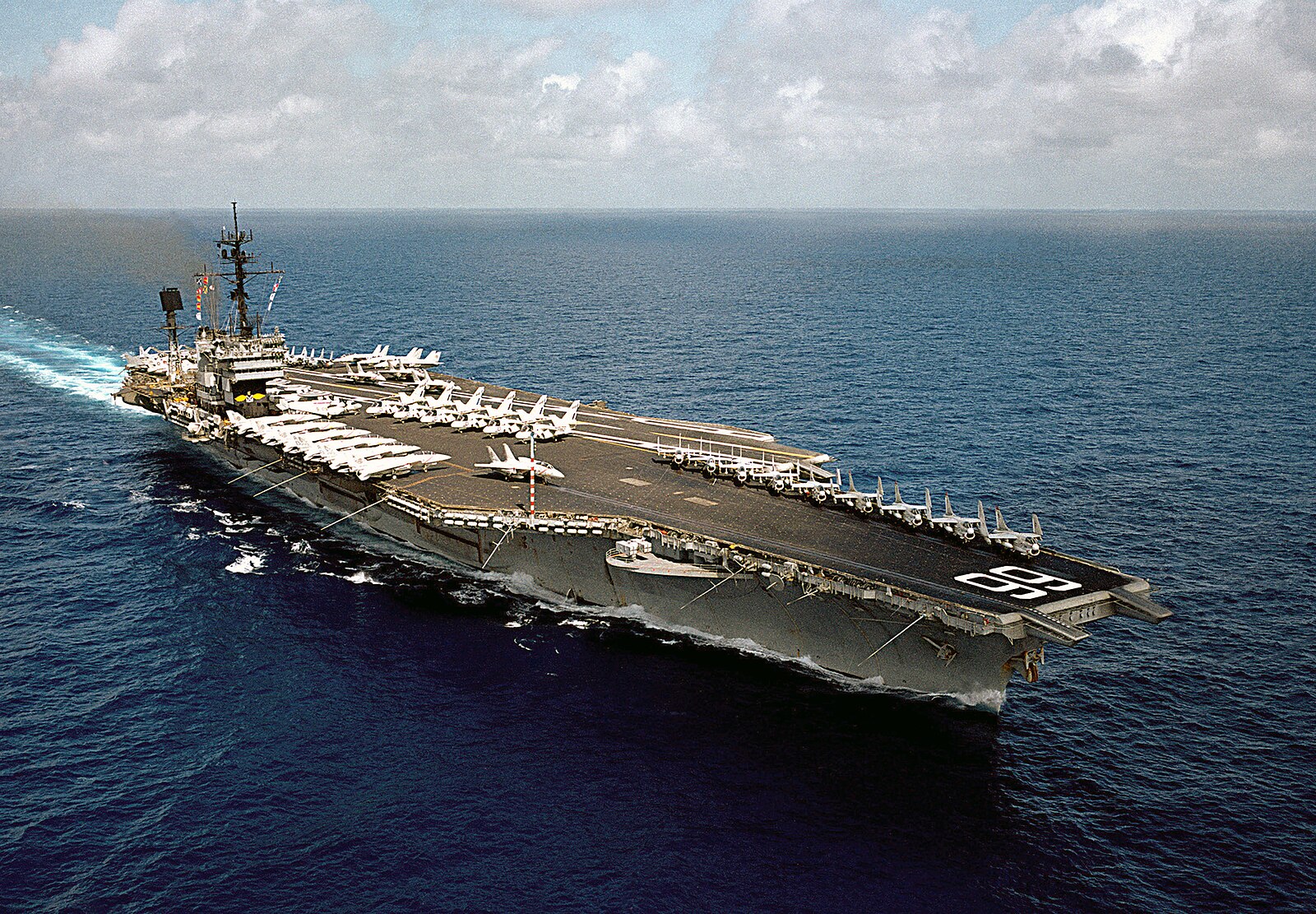
The USS America, commissioned in 1965, experienced design flaws with its catapult and arresting gear systems, leading to frequent operational issues. The carrier also faced structural problems that required costly repairs. These issues, along with evolving naval requirements, led to its decommissioning in 1996.
HMCS Bonaventure (CVL 22)
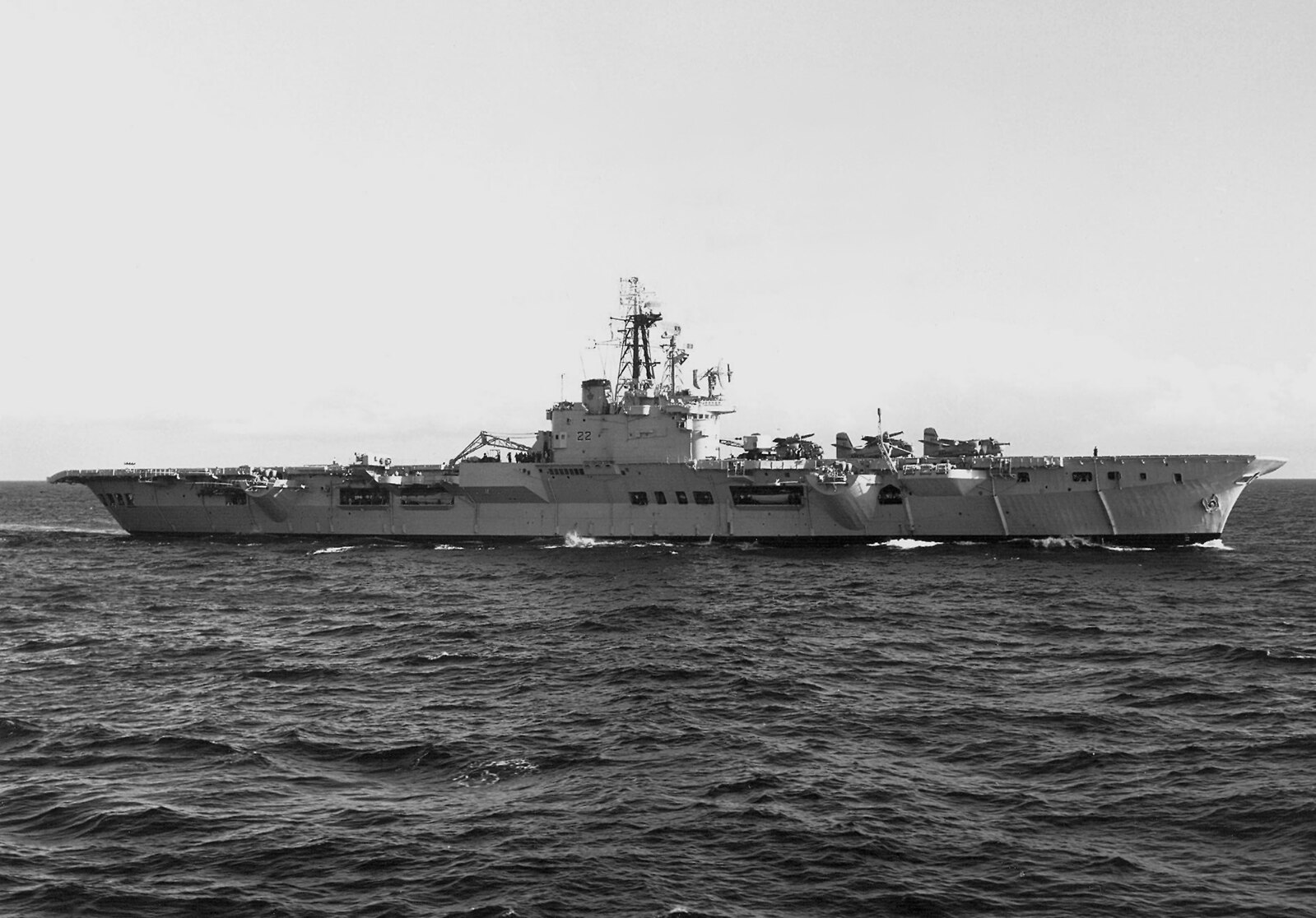
The HMCS Bonaventure, a Canadian aircraft carrier commissioned in 1957, faced design flaws related to its catapult and arresting gear systems. Frequent mechanical failures and high maintenance costs limited its operational capability. The carrier was decommissioned in 1970, just 13 years after entering service.
USS Wasp (CV-7)
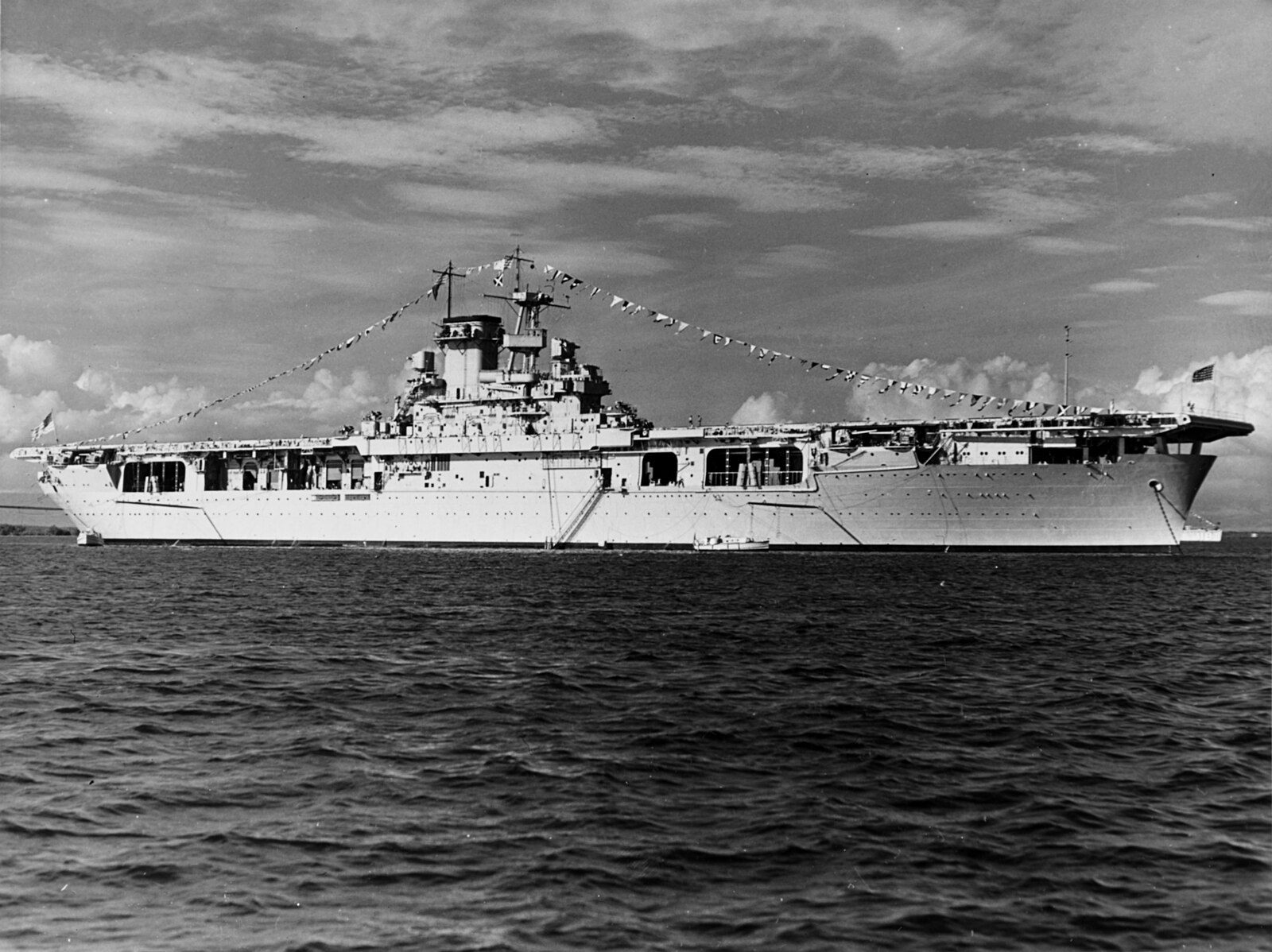
The USS Wasp, commissioned in 1940, had design flaws related to its hull and armor protection. The carrier’s hull was vulnerable to torpedo attacks, which was a significant weakness during World War II. It was sunk in 1942 by Japanese torpedoes, highlighting the implications of its design flaws.
USS Franklin (CV-13)

The USS Franklin, commissioned in 1944, faced design flaws related to its ammunition handling and storage. These vulnerabilities were exposed in 1945 when the carrier was heavily damaged by a Japanese air attack, resulting in significant loss of life and operational capability. The carrier was decommissioned in 1947.
HMS Ark Royal (R09)
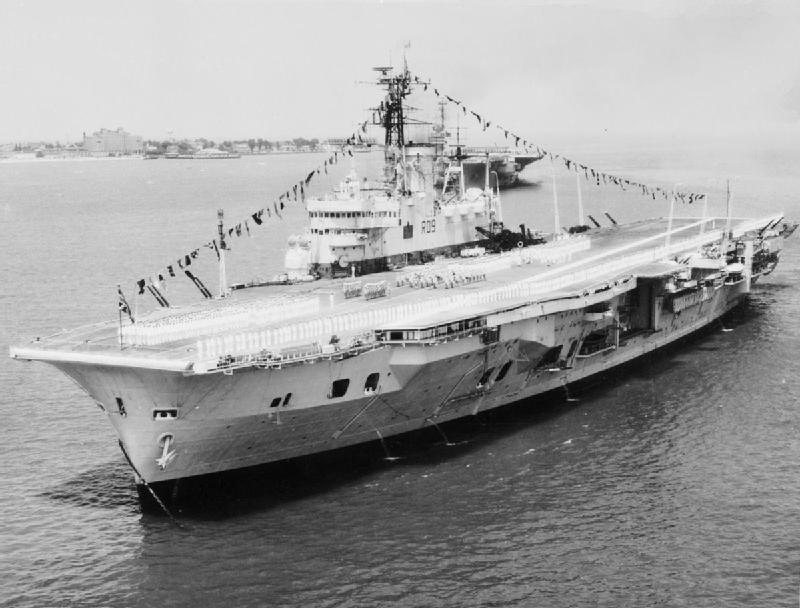
The HMS Ark Royal, commissioned in 1955, experienced design flaws in its catapult and arresting gear systems. Frequent mechanical issues limited the carrier’s operational capability and required costly repairs. These problems, combined with budget constraints, led to its decommissioning in 1979.
USS Kitty Hawk (CV-63)
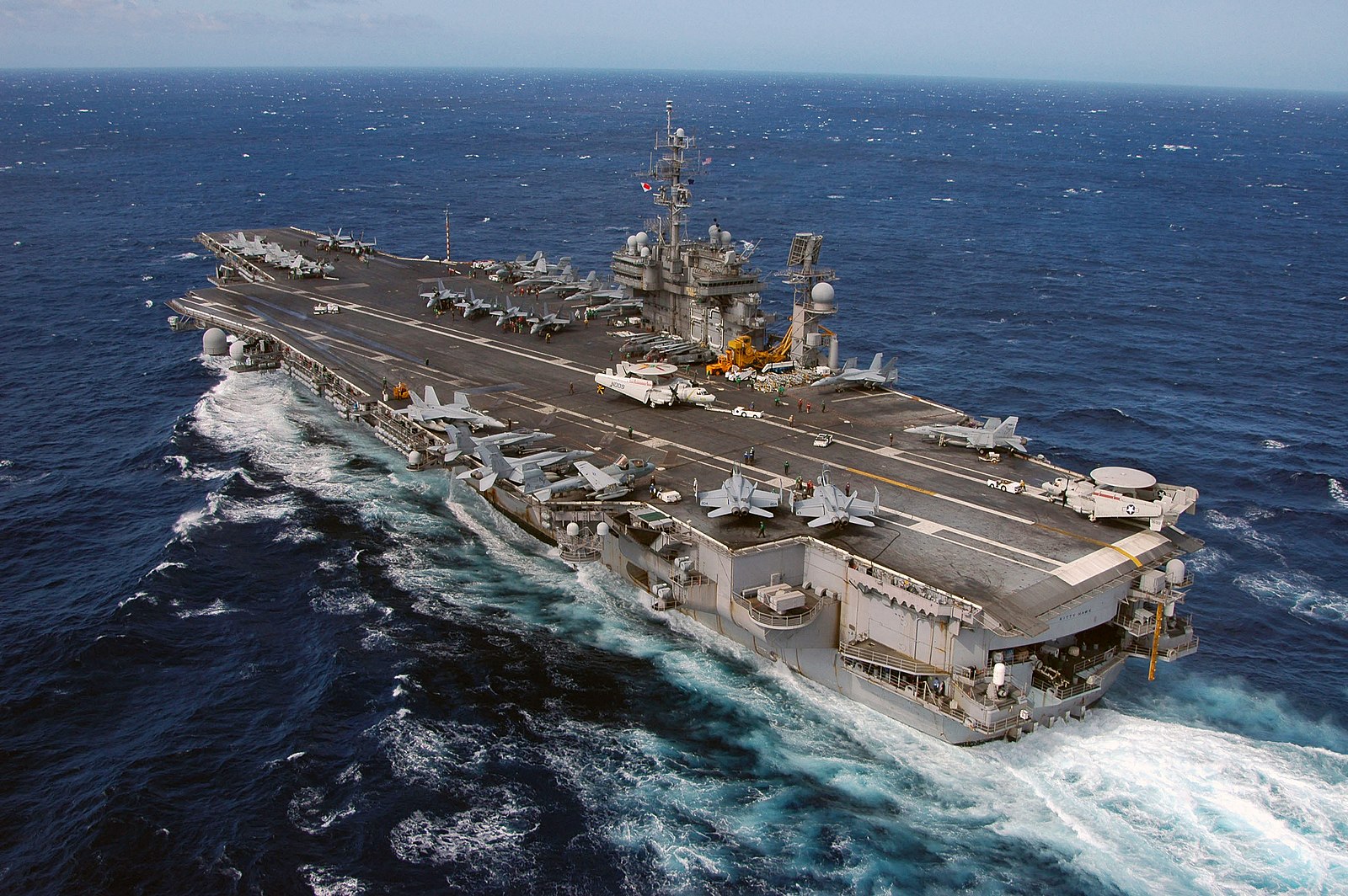
The USS Kitty Hawk, commissioned in 1961, faced design flaws related to its propulsion system and electrical systems. Frequent breakdowns and maintenance issues plagued the carrier, impacting its operational readiness. The carrier was decommissioned in 2009 after nearly five decades of service.
USS Oriskany (CV-34)
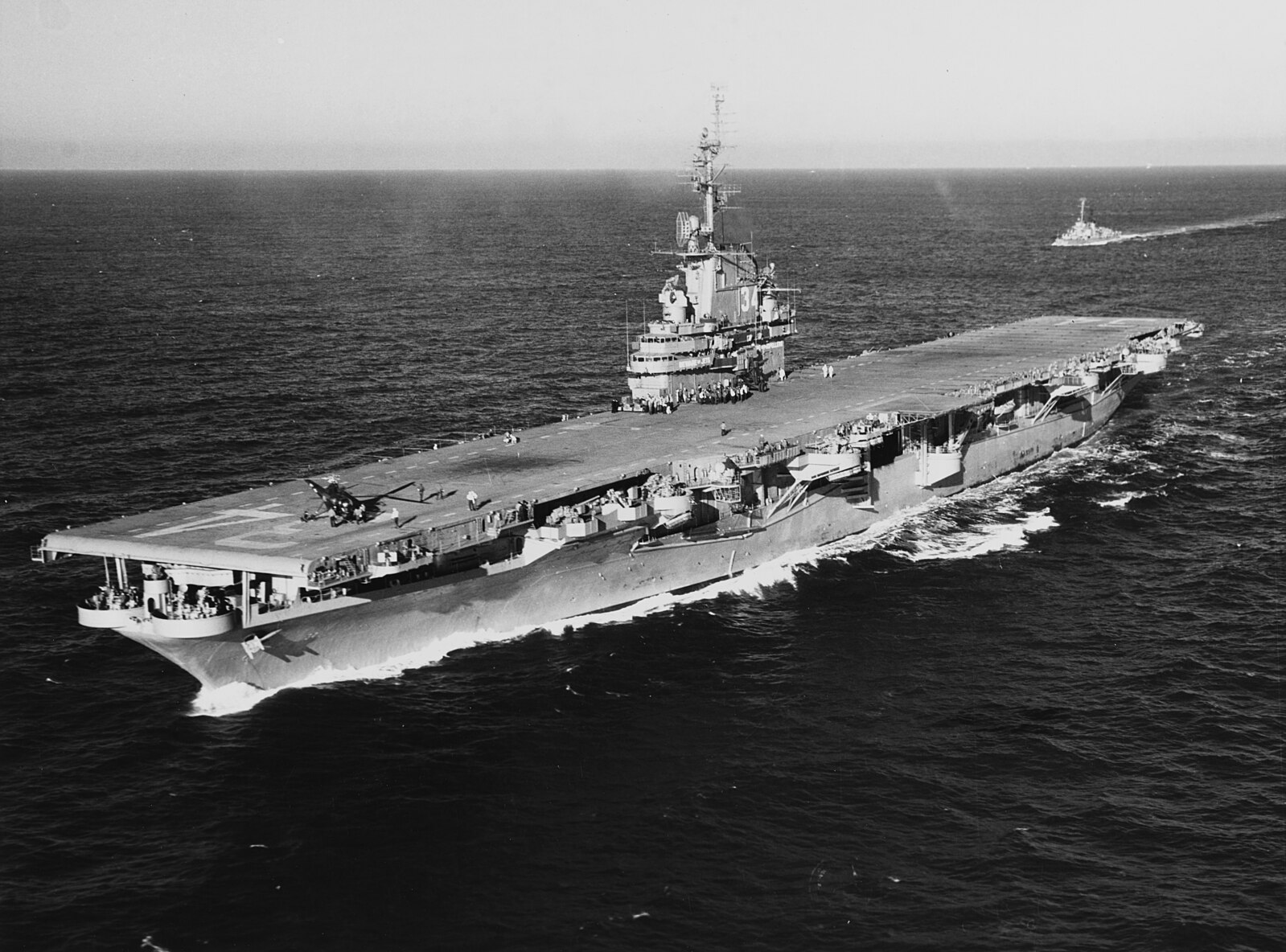
The USS Oriskany, commissioned in 1950, had design flaws related to its hull and propulsion system. Frequent structural issues and propulsion failures led to high maintenance costs and operational disruptions. These problems contributed to the carrier’s decommissioning in 1976.
This article originally appeared on MyCarMakesNoise.
More from MyCarMakesNoise
20 Greatest British Sports Cars of All Time

British sports cars are renowned for their blend of style, performance, and innovation. From classic icons like the Aston Martin DB5 to modern marvels like the McLaren P1, these cars embody the pinnacle of automotive excellence. Read More.
20 Tire Brands That Aren’t Worth Your Money

When choosing tires, quality and performance are crucial for safety and comfort. Many budget tire brands like Westlake and Goodride often receive poor reviews due to issues like rapid tread wear, poor wet traction, and balance problems. Read More.
16 Exclusive Classic Cars That Are Expected to Appreciate in Value
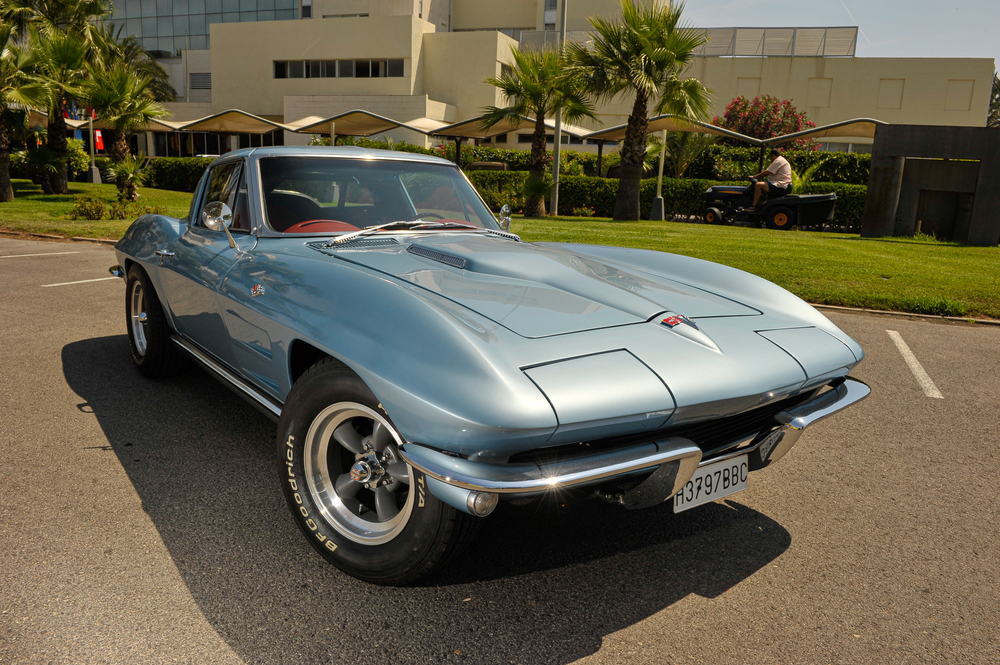
Classic cars hold a timeless appeal and can offer significant returns on investment. As certain models become rarer and more sought after, their value steadily climbs. Read More.

